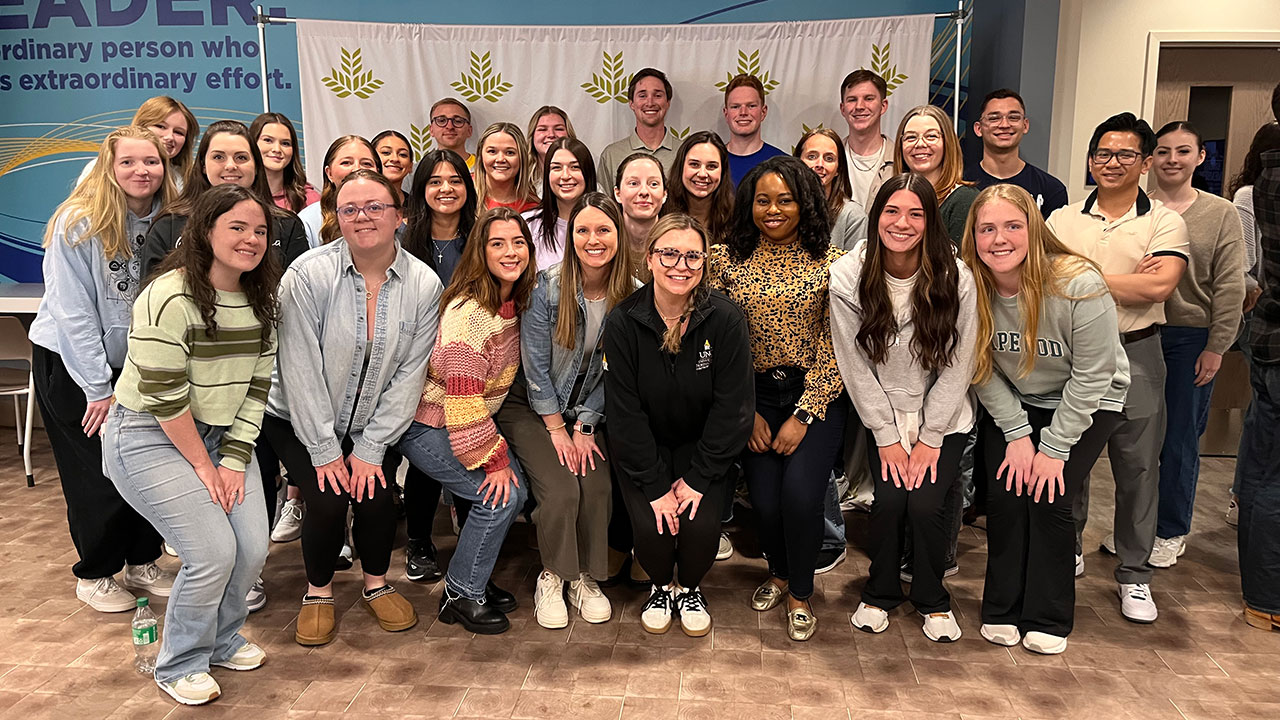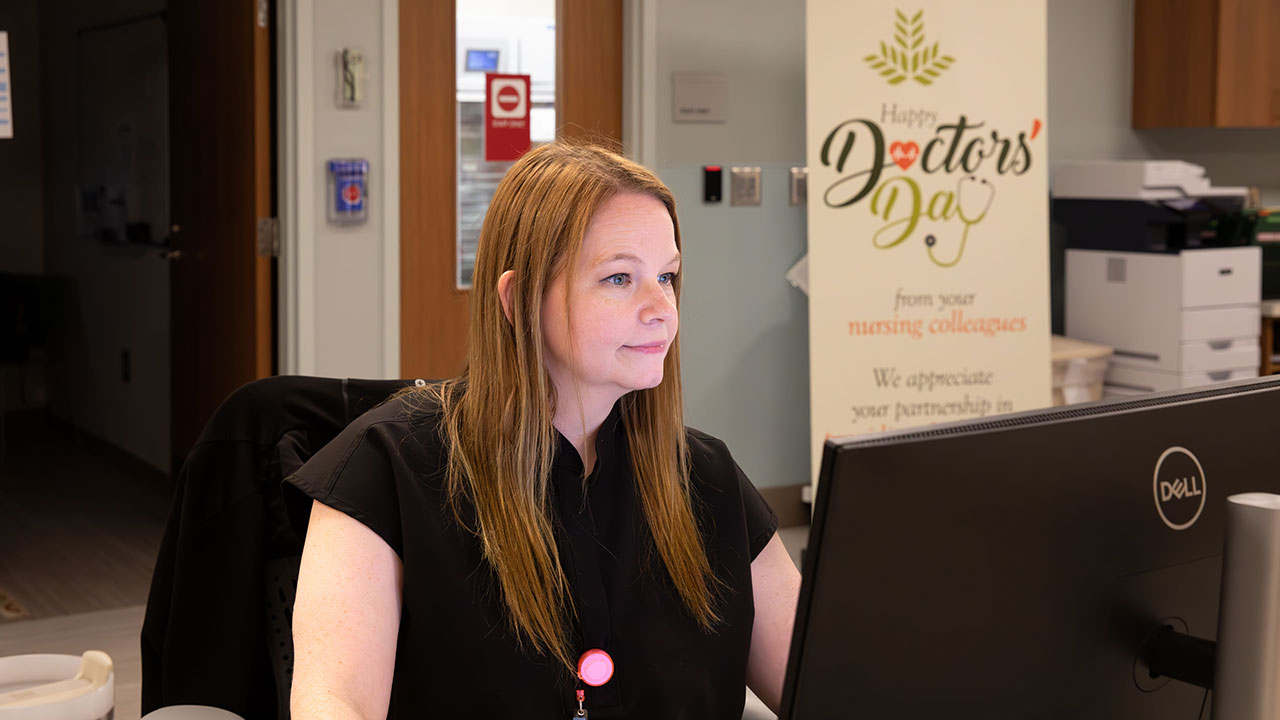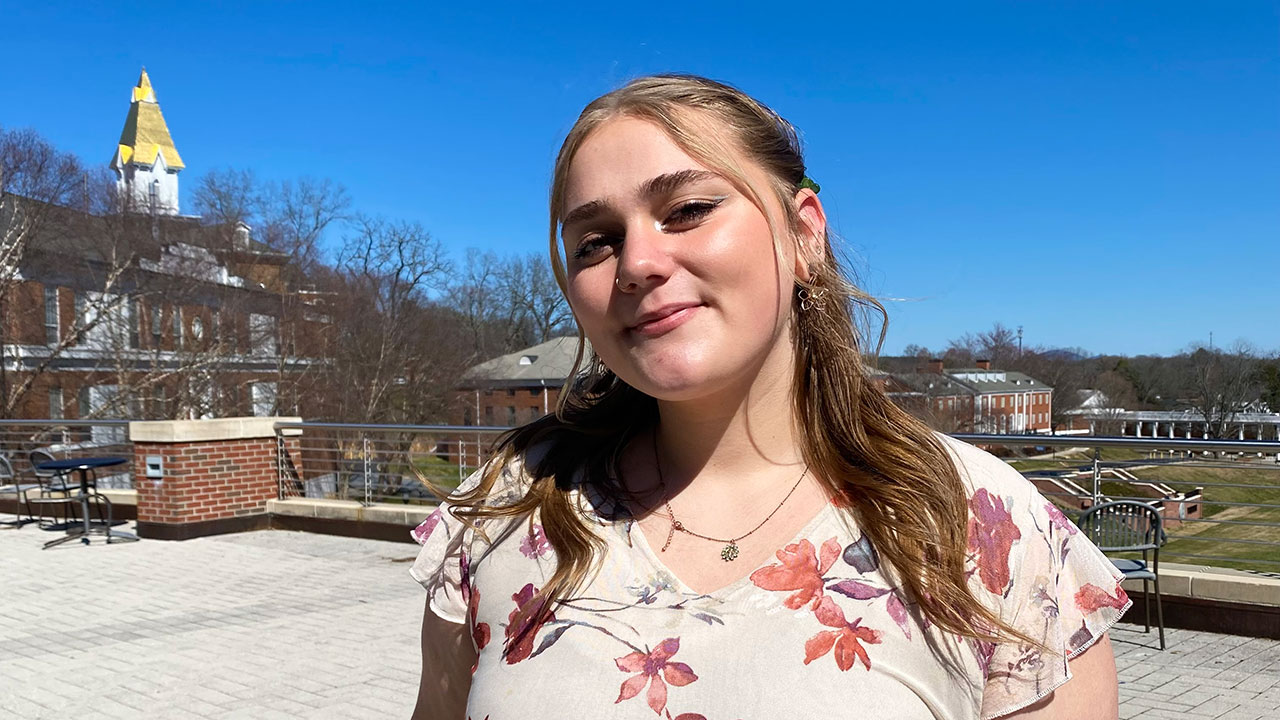Nursing students participate in high school mock disaster

Article By: Staff
An imaginary tornado struck Lumpkin County High School last month as part of a mock disaster event.
Sixteen University of North Georgia (UNG) nursing students and two UNG faculty members participated in the event. The nursing department also donated wound care supplies and funding for other necessities.
During the event, the nursing students acted as "community partners" evaluating the high school students on their field care for injuries, communication, transportation, and other skills.
Rebekah Mildenhall, lecturer of nursing at UNG, said the UNG students provided written evaluations for individual high schoolers and gave verbal feedback during and after the event.
UNG participants included: Evie Delp, Emily Provau, Rachel Rock, Marisa Burgess, Richard Tabbott, Brittany Thomas, Karlie Upshaw, Morgan McLean, Ashlee Judkins, Madison Gowin, Carley Garcia, Samantha Medelsohn, Annsley Marks, Holly Reed, Liberty Dermire, and Jacqueline Kerry. UNG faculty members helping were Sue McGill and Mildenhall.
 |
|
University of North Georgia nursing students participated in a mock disaster. The nursing students acted as "community partners" evaluating the high school students on their field care for injuries, communication, transportation, and other skills. |
The nursing students were joined by community volunteers, including Lumpkin County Emergency Management Services, medics from nearby Camp Frank D. Merrill and American Red Cross.
During the mock disaster, high school students in the child care track acted as victims of injuries such as concussions and head trauma, burns and cuts, heavy bleeding, bone fractures, loss of consciousness, and even death. The drama department applied moulage for mock injuries for the purpose of training emergency response teams.
The high school's JROTC and health services students practiced their field and tent triage and emergency response skills while professional community health workers evaluated them. The students were judged on their ability to communicate, triage injuries appropriately, transport patients safely, prioritize health services, and implement healthcare techniques including wound dressing and fracture stabilization.



